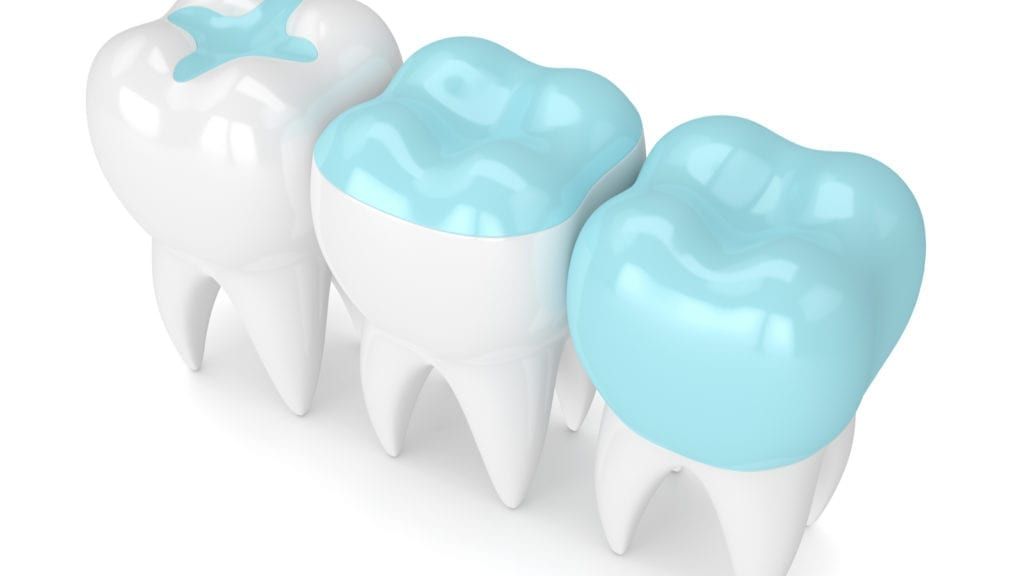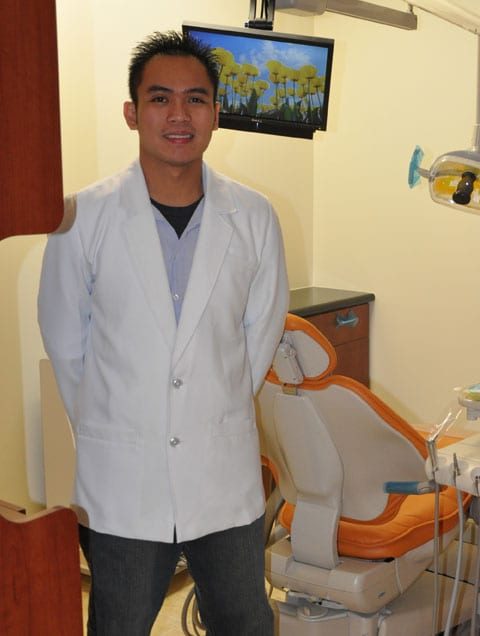Among all the dental devices used to restore teeth, inlays, and onlays are the most complex forms of treatment. Most often, dentists offer crowns, veneers, implants, and dentures to patients as a form of repairing and replacing missing teeth. But in some cases, these forms of treatment can be too much. They can end up overcompensating for the actual problem at hand with patients. Because of these treatments’ constant obscurity, we’re here to give a quick explanation about what they are and what these treatments can do for you.
Dental Inlays
Inlays were initially used as fillings to replace small amounts of the tooth structure. Inlays are still used as fillings in those same situations, but now offer tooth-colored material to cover unsightly fillings and even replace fillings as a more durable alternative. Inlays are designed to fit inside the chewing surface of the tooth, protect the tooth from damage and decay, and act as a cavity preventative in many cases. Inlays are correctly used when the cavity is too large for a single filling, and are fabricated as individual, solid pieces designed to fit the specific tooth in mind. In theory, fillings and inlays can be interchangeable, but inlays are used in more stringent circumstances, requiring lab production and multiple visits to complete.
Dental Onlays
Onlays fit inside to tooth, but also have the ability to extend to the chewing surface of the tooth, replacing its cusp. Today, onlays are made out of tooth-colored materials, and its bonding strength makes it possible to seal and protect the tooth from cavities properly. When cavities damage a tooth along the cusp, onlays are used when the cavity is too big for an amalgam filling but too small for a full crown. They’re also called partial crowns due to their effects. Because crowns work to cover the entire tooth up to the gumline, onlays give people a less aggressive form of restoration, as less tooth structure needs to be removed and fewer costs.
Costs of Inlays and Onlays
Both inlays and onlays provide a medium range of treatment for people with cavities, but because they are less known, dental insurance companies tend not to cover the costs of inlays and onlays. Because more accessible treatments, such as crowns, bridges, and veneers have been more widely used, they’ve become more covered by insurance companies, and tend to cost more. If you wish to find out what inlays and onlays would cost you, speak with your dentist and insurance companies about the costs.
If you want to learn about inlays, onlays, and other treatments that can help you, contact Dr. Reynaldo Barbon at Superb Dental Care. Dr. Barbon treats his patients with the utmost care when it comes to dental restorations, and can provide innovative solutions to the most reoccurring dental problems. Located in Pasadena, CA, Dr. Barbon and his team of dentists will be happy to help you with any of your dental concerns. If you need a restoration done, or need a regular checkup, contact Superb Dental Care today.












